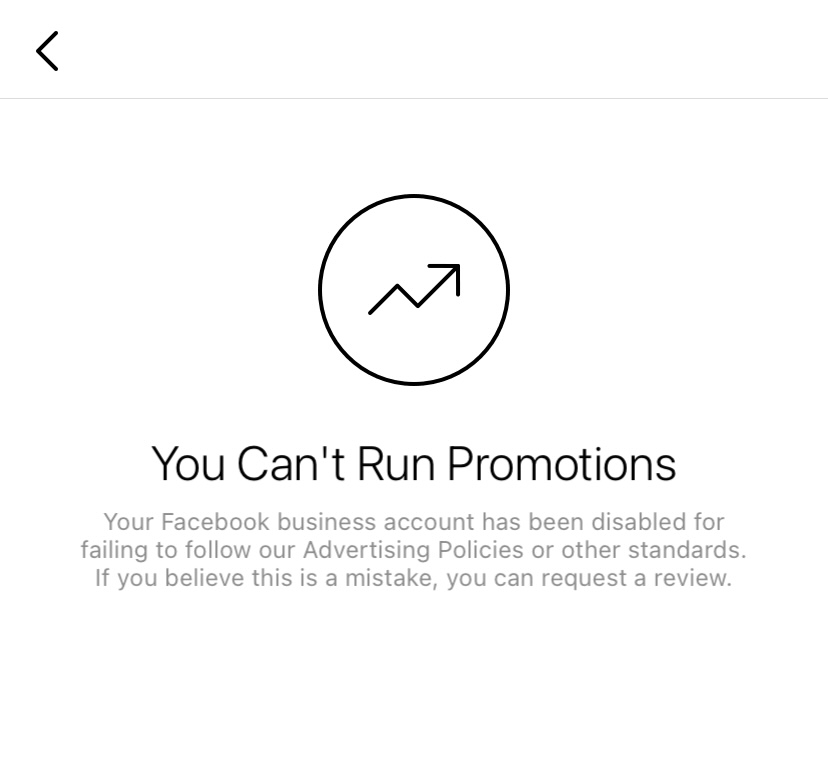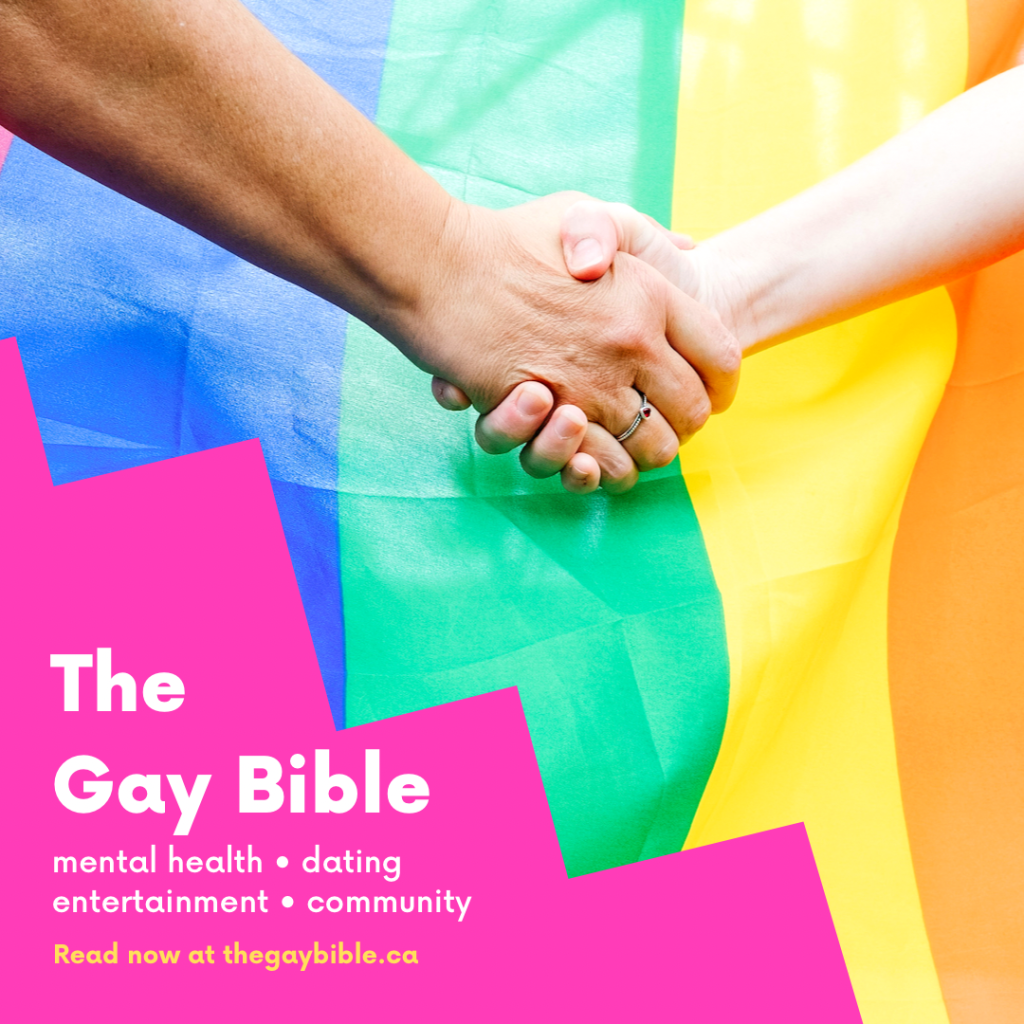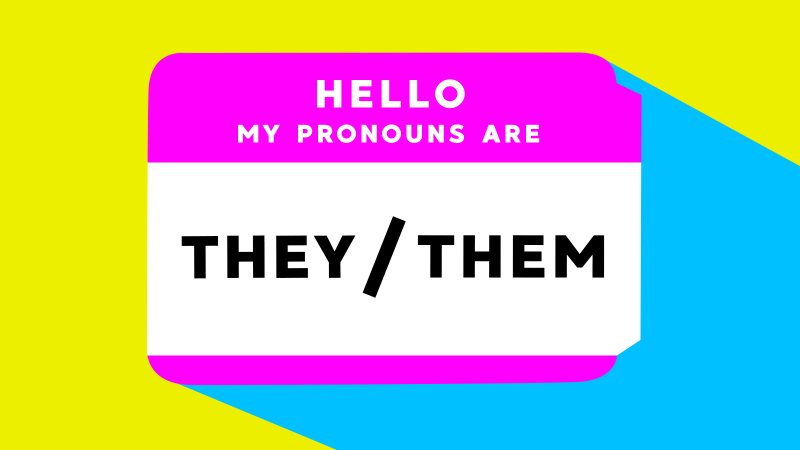Before you continue reading on, yes, this is me calling out Instagram publicly. I’m not sorry about it.
As some of you may know, I’m running The Gay Bible as part of a year-long project for my public relations class. This semester, part of my assignment is to spend $20 on promotional materials (ads), so I decided to promote a few of my posts on Instagram that would lead people to my blog.
However, doing that wasn’t as easy as you may think.
When I went to promote two of my posts, one talking about pronouns, and other talking about having a gay friend, they were both rejected for “promoting the sale or use of adult products or services.”
If you’ve been reading my blog, you should know I do not promote the sale or use of adult products or services. While I am someone who is sex-positive and encourages owning your own sexual desires, I don’t post about these things on social media because, as we all know, Instagram doesn’t like that.

As a result of this, I reached out to @Instagram and @InstagramComms on Twitter in hopes of receiving an answer. Silly of me to think they’d respond, right?
Hi @instagramComms @instagram — you’ve rejected three of my promoted posts now for “promoting adult products or services,” but I don’t see how any of these posts are doing that. What exactly am I doing wrong here?
Originally tweeted by Aldin Sabic (@aldinsabic_) on March 18, 2021.
To no surprise, they didn’t respond.
So, I figured my age range was too low. Even though the minimum age for my target audience was 18-years-old, I bumped it up to 21. I also created an entirely new post that I was sure wouldn’t get denied: I made sure to exclude any talks about sex or adult “services,” and made it super friendly.
The post looks great, right?
They finally let me promote it. I set my budget to $20 over 5 days, and I woke up to some new website clicks from it. Things were looking great.
That’s when things went south, again.
After only spending a single dollar, Instagram disabled my business account and restricted me from running promotions for “failing to follow our Advertising Policies.” Um, ok?
I don’t exactly know what “policies” I failed to follow, but if Instagram is disabling my account for promoting a safe space for the LGBTQ community, then that sends a different message about their platform.

I sent out another tweet to the Instagram PR team and the Instagram Twitter itself, and alas, no response. And did I mention my appeals for my two previous promoted posts mentioned earlier were rejected? Yup.
I haven’t received a response on Twitter, and considering my appeals were rejected, this only sends me, and other members of the LGBTQ community, a message that Instagram and Facebook do not support our community.
Is this surprising? Not at all. Instagram continuously allows scammers to thrive on the platform, and others to spew hate to various minority communities. They instead prefer to silence those who are trying to improve those communities and open up certain conversations that need to be had.
In short, this is sad, disrespectful, and outright homophobic behaviour. Instagram has slapped me in the face, and this post is a last resort. I refuse to be silenced for trying to do something as simple as promote a blog for a school assignment, and I will not be quiet about this until something is done.






